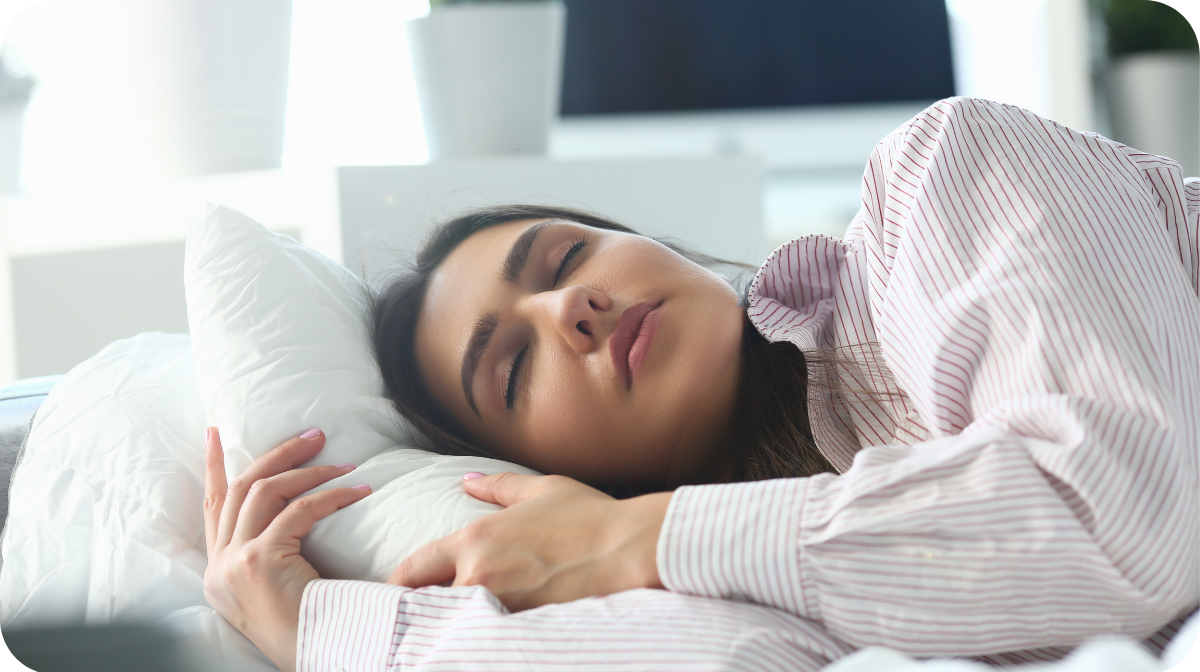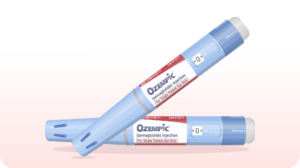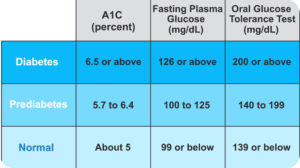Evidence continues to indicate that poor sleep may be much more than an inconvenience. A study published this summer in the Journal of Clinical Endocrinology & Metabolism concluded that unhealthy sleep patterns may contribute to nonalcoholic fatty liver disease (NAFLD). These findings support a 2017 study that drew similar conclusions.

Both studies found that improving sleep quality can play a role in preventing NAFLD and other health conditions.
The research revealed that a review of available data and follow-ups with research subjects indicated a higher prevalence of NAFLD among those who reported or were diagnosed with insomnia, compared to subjects who reported no sleep difficulties. The results were the same regardless of the type of insomnia, sleep disorder, or symptom, including frequent waking, and daytime sleepiness.
What is NAFLD?
NAFLD is a type of liver damage that occurs when fat builds up in the liver. Although fatty liver disease is often caused by excess alcohol consumption, NAFLD is not. The exact cause remains unclear, although it appears to be linked to obesity, diabetes, and high cholesterol (which can also be factors in poor sleep). Like alcohol-induced fatty liver disease, NAFLD can lead to cirrhosis, a life-threatening condition that can cause complete liver failure.
Most people with NAFLD exhibit no symptoms. However, some individuals may experience fatigue, pain in the upper right side of the abdomen, weight loss, jaundice (yellowing of the skin), and itching.
Prevention is key, because there is currently no treatment or cure for NAFLD. Once affected, the best patients can do is maintain a healthy weight, eat a nutritious diet, exercise, and avoid alcohol. The easiest strategy is quite plainly to avoid NAFLD in the first place by improving sleep quality.
Fixing Sleep Issues
Most people just accept bad sleep as their lot in life. But avoiding NAFLD is a great reason for taking assertive action if you experience poor sleep on a regular basis.
- Sleep Study. It’s hard to tell what the problem is—or even have a clear idea of the symptoms—when issues occur while you’re either asleep or groggy from lack of it. That’s why dealing with sleep issues begins with a sleep study. Traditional sleep studies are ordered by your physician and carried out in a controlled bedroom at a sleep center. Fortunately, these days your doctor can order an at-home sleep test kit. Just follow the directions and the professionals will analyze your results.
- Change Lifestyle Factors. Even before you receive test results, there’s a lot you can do to improve sleep quality. Changes include:
- Eating a light dinner.
- Avoiding alcohol and caffeine several hours before bed.
- Going to bed at the same time every night.
- Maintaining a healthy weight.
- Repairing sinus damage, such as a deviated septum.
- Respond to Your Results. Based on the results of a sleep study, your primary healthcare provider may prescribe a CPAP machine or one of the recent surgical developments that are replacing traditional assisted breathing machines in some cases. Increased exercise and activity levels and reduced caloric intake will both help to improve sleep, regardless of other measures taken.
Actively improving your sleep will not only protect you from the risk of NAFLD, it can also reduce elevated cortisol (the stress hormone) levels that often lead to weight gain, improve insulin resistance and potentially head off diabetes, and can even improve mental functioning. There are many health benefits to natural restorative slumber, but a good night’s sleep remains its own best reward!
Share some love if you like this post!





